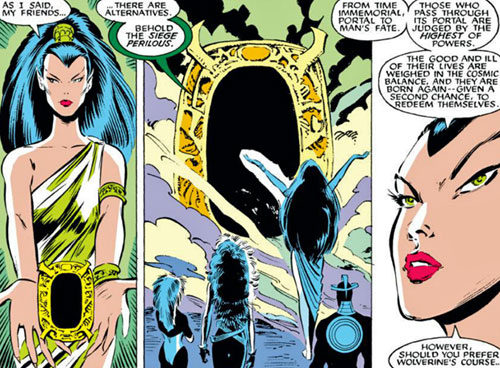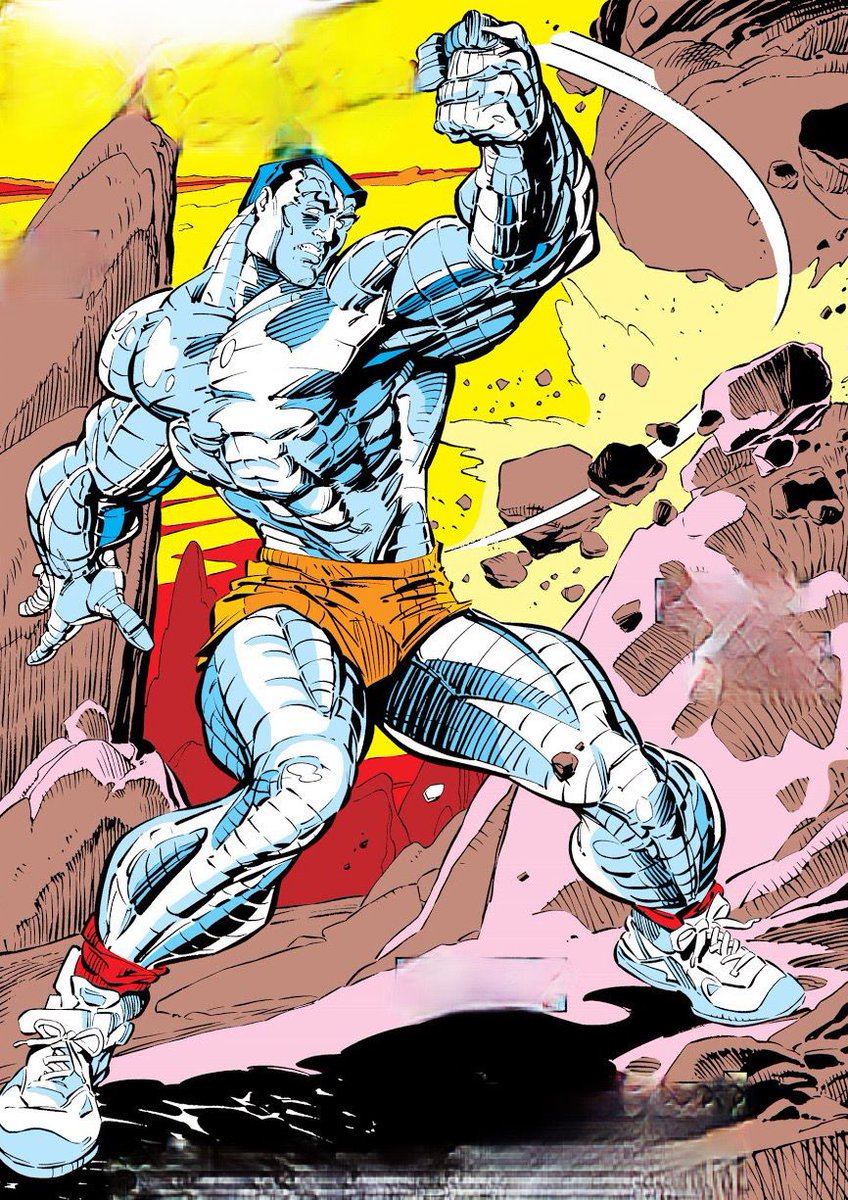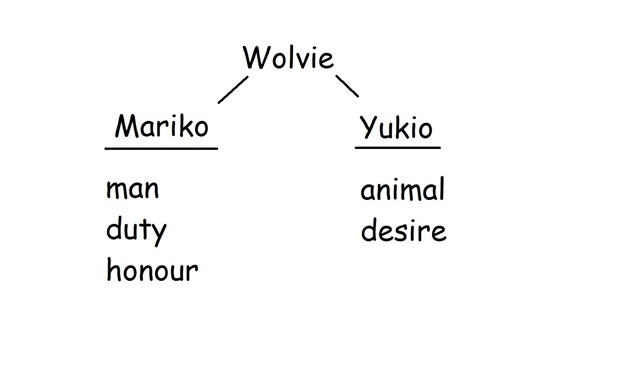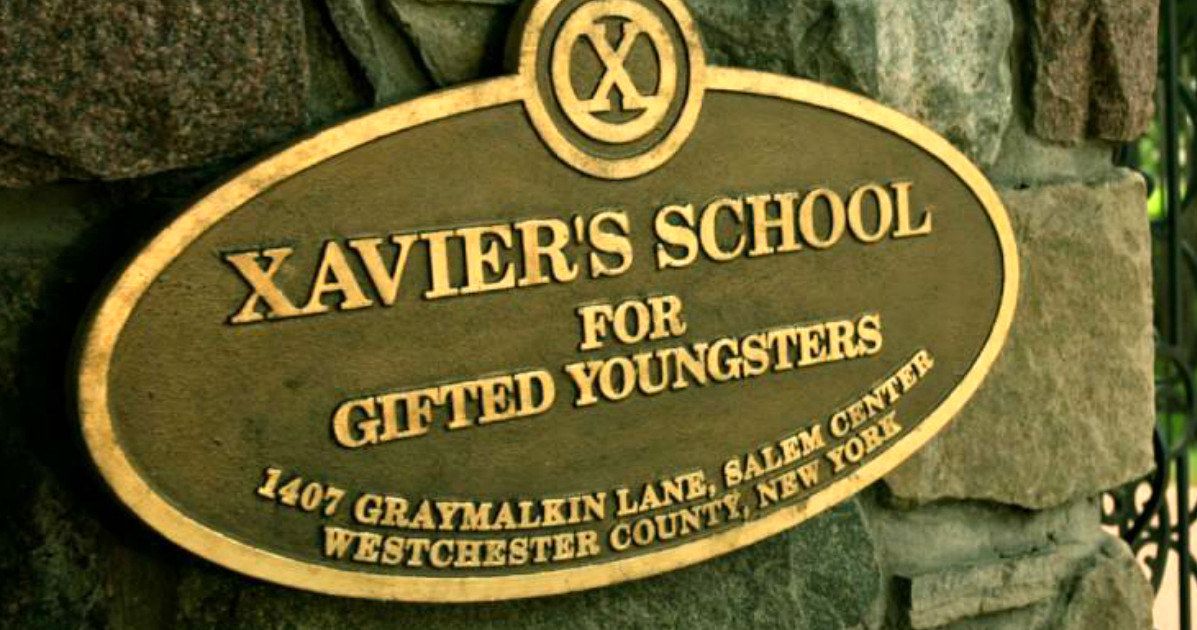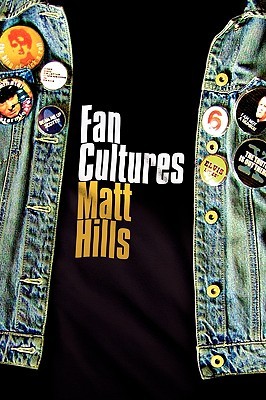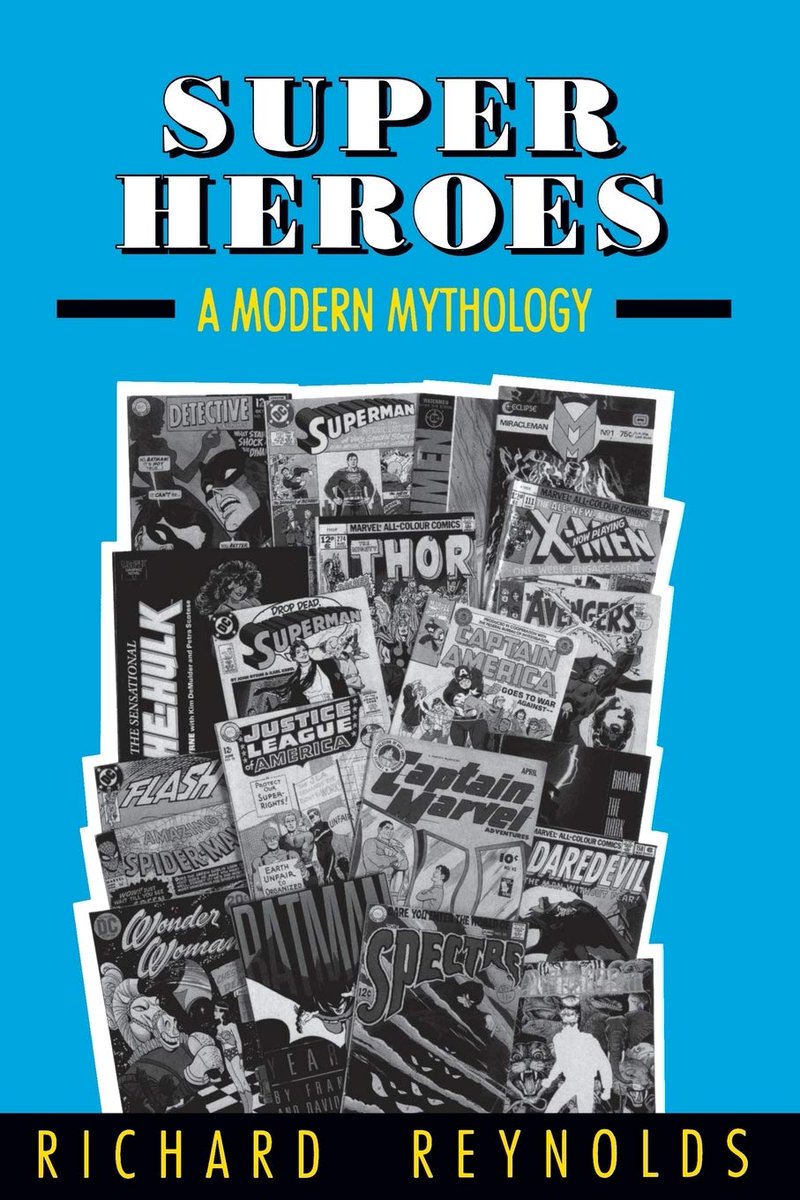
Rachel Summers embodies an important contrast for key X-Men character projects: in a world littered with characters reforming themselves through found family and purpose, Rachel shows that you can’t save everyone ideologically rather than physically. #xmen 1/8 

Just as Thunderbird and Jean (Rachel’s mom-ish) establish physical consequence in defiance of plot armour for UXM, Rachel establishes that not every turn toward the gentler way can be successful. Rachel is a friend, Rachel is family, but Rachel is also a problem at times. 2/8 
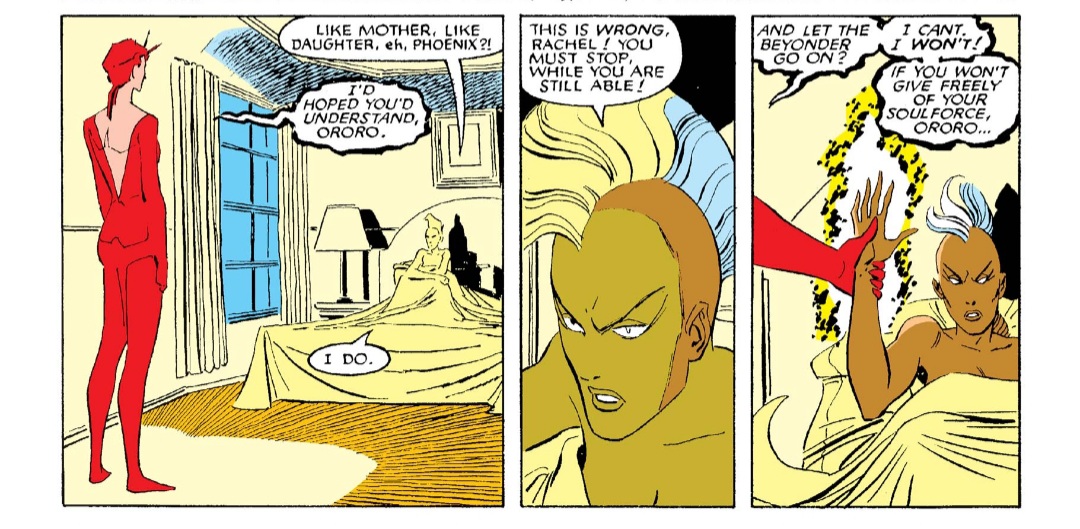
Professor X has a strong record of integrating unstable characters who pose a threat to the X-Men and themselves (such as Wolverine, Rogue & Magneto). It’s also a very common comics conceit where a villain goes righteous and transitions pretty seamlessly. Rachel is different. 3/8 

The idea of heroic virtue being tested by one’s capacity to let go of their hatred is cliche, but Rachel’s violent outbursts are specifically framed as responses to triggers of her traumatic past, and thus a more complex psychological state. Her anger makes a lot of sense. 4/8 

Rachel also largely fails to integrate into the community of the X-Men, despite solid efforts to acclimate her to her new society on the part of Storm, Kitty, and the New Mutants’ Magma. Still, her isolationist streak tends to keep her at a distance. 5/8 

Equally problematic is her inability to adapt to the categorical imperatives associated with the role of hero. Rachel’s life history has taught her the necessity of moral fluidity, while her ruined world has taught her the dangers of bald idealism. 6/8 

Both of these failures to adapt intersect symbolically in her stabbing by Logan. The fact that he stabs her over a moral absolute and the fact that it’s a teammate doing the stabbing, symbolizes -instantaneously- her inability to grasp the situation and its severity. 7/8 

It’s a cool variation on a comics trope, executed effectively through the contrast of Magneto going straight at the same time. While the reader is waiting for him to falter, they might feel assured in Rachel’s integration, thus leading to a disillusion not unlike Rachel’s. 8/8 
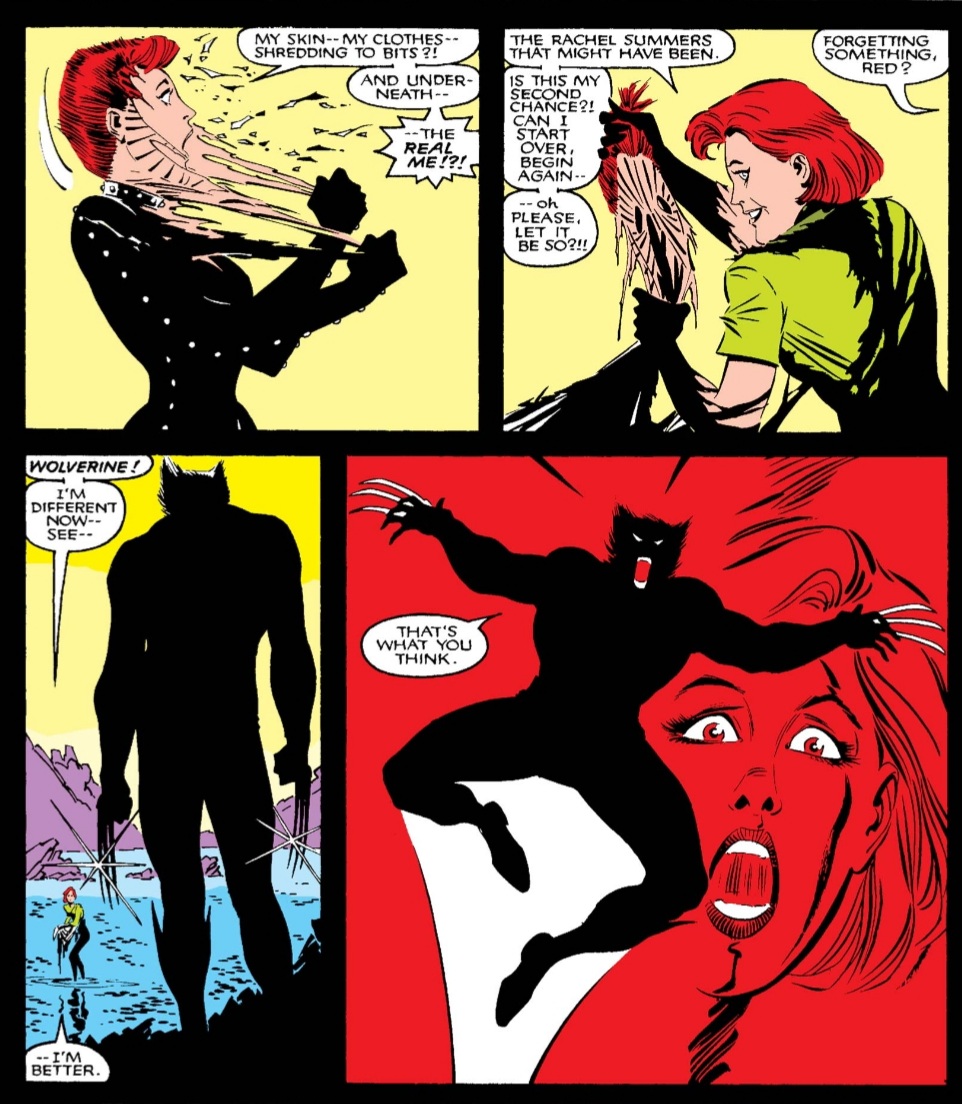
• • •
Missing some Tweet in this thread? You can try to
force a refresh


